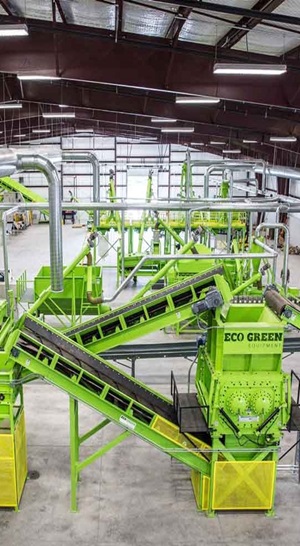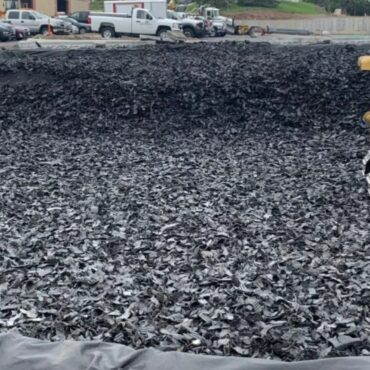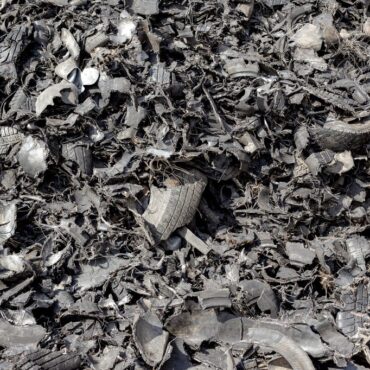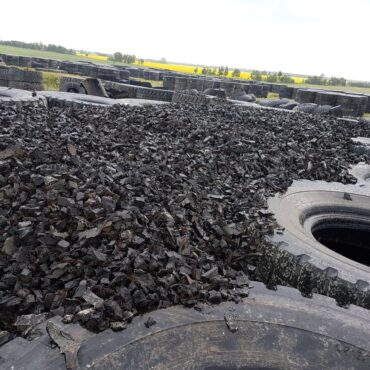Tire-Derived Aggregate: A Game-Changing Solution for Your Construction Needs

Outstanding Performance, Sustainability at the Core
Tire-derived aggregate offers numerous advantages to its users, primarily due to its enduring porous nature, lightweight composition, and exceptional vibration-absorbing properties. In addition to its impressive performance, TDA also boasts a more budget-friendly price compared to traditional aggregate.
Let’s delve into some of the noteworthy benefits of TDA:
1. Ensures proper drainage by avoiding sedimentation or solidification over time, unlike high-calcium content aggregates.
2. Reduced static weight in backfill scenarios.
3. Excellent vibration absorption capabilities.
4. Enhanced insulation value.
5. Effective sound dampening.
6. Lower cost compared to conventional aggregate.
7. Crafted entirely from 100% recycled tires, reducing the need for environmentally disruptive mining practices.
These remarkable advantages position tire-derived aggregate as the ideal choice for various projects, including:
1. Drainage material for landfills, septic systems, and road bases.
2. Backfill for roads, embankments, and retaining walls.
3. Construction of bridge abutments.
4. Vibration control along railroad tracks and light rail systems.
5. Foundation drains and backfill solutions.
6. Filling gas and water wells.
Rest assured, tire-derived aggregate guarantees exceptional performance while upholding sustainable practices at its core.
Specifications
Specifications for Tire-Derived Aggregate
TDA has proven to be a versatile solution, providing benefits such as maintaining porosity and uncompacted nature in backfill situations, as well as delivering superior insulation value compared to stone when used in basements. Its wide range of applications makes TDA a valuable resource in various construction projects.
TDA, the Ultimate Aggregate Choice
Tire-Derived Aggregate vs Conventional Aggregate
| Tire-Derived Aggregate | Conventional Aggregate | |
|---|---|---|
| Weight Lightweight | 700-800 lbs/cubic yard Heavy | >2,500 lbs/cubic yard |
| Amount of material needed | Requires 2/3 of the volume by weight to fill the same space | Requires the traditional amount |
| Drainage Does not compact | , leading to superior long-term drainage Has a tendency to silt up and solidify | Resulting in reduced drainage over time |
| Insulating value | Offers a higher level of insulation | Lacks significant insulating capabilities |
| Vibration control | Effectively absorbs vibration and minimizes impact | Little to no vibration mitigation |
| Sustainability | Recycles end-of-life tires | Relies on mining for virgin material |
| Cost | $ | $$ |





